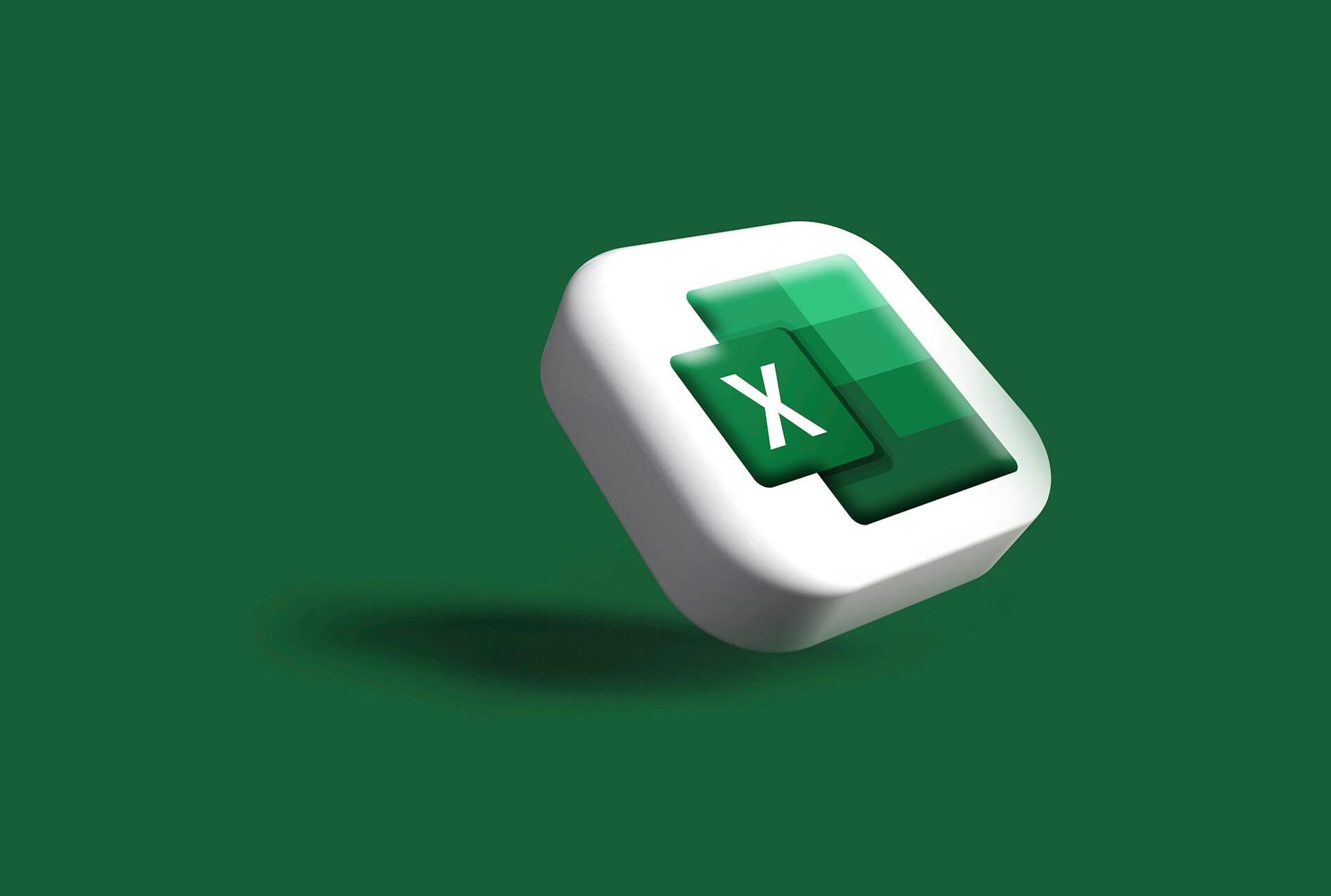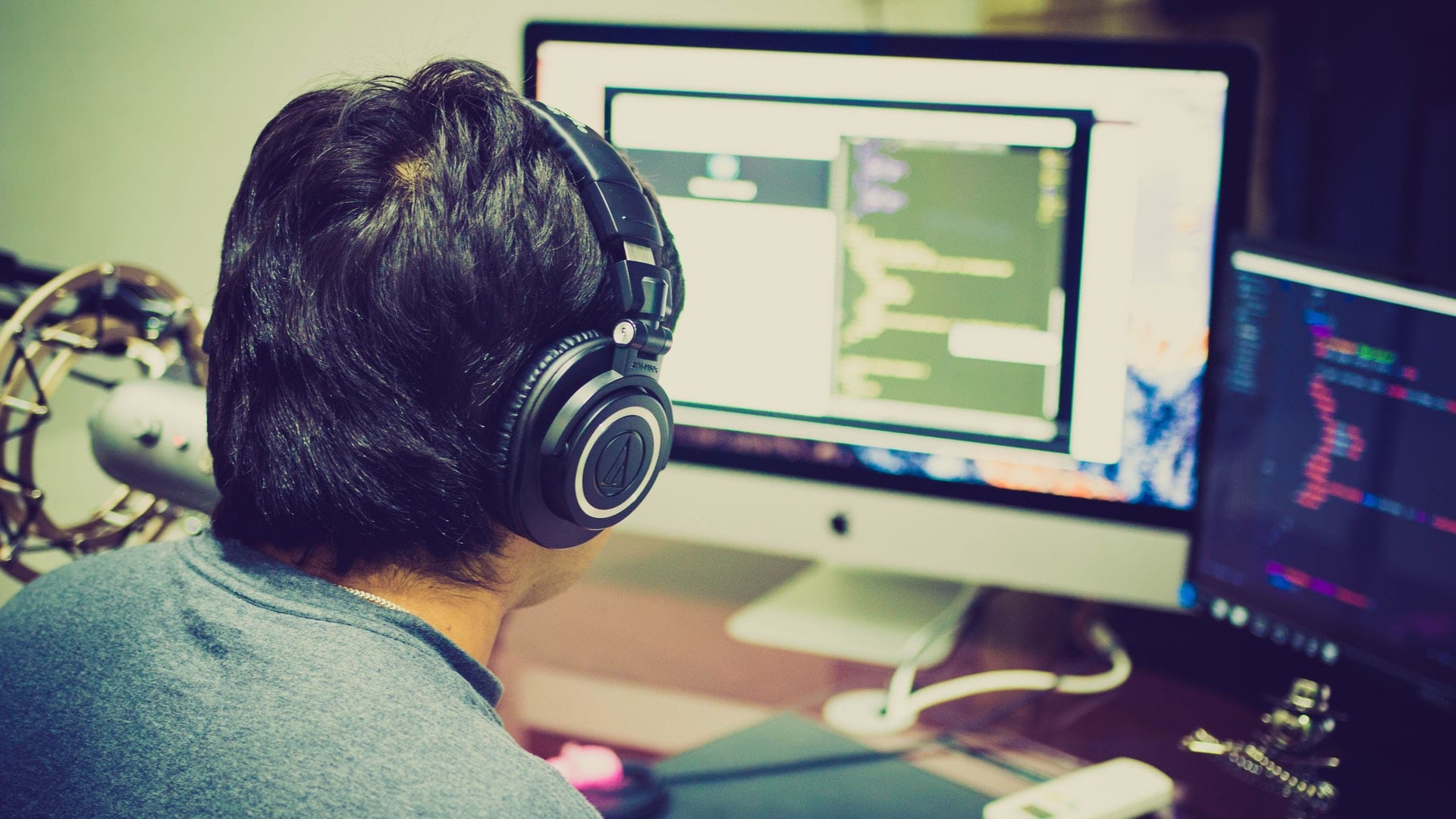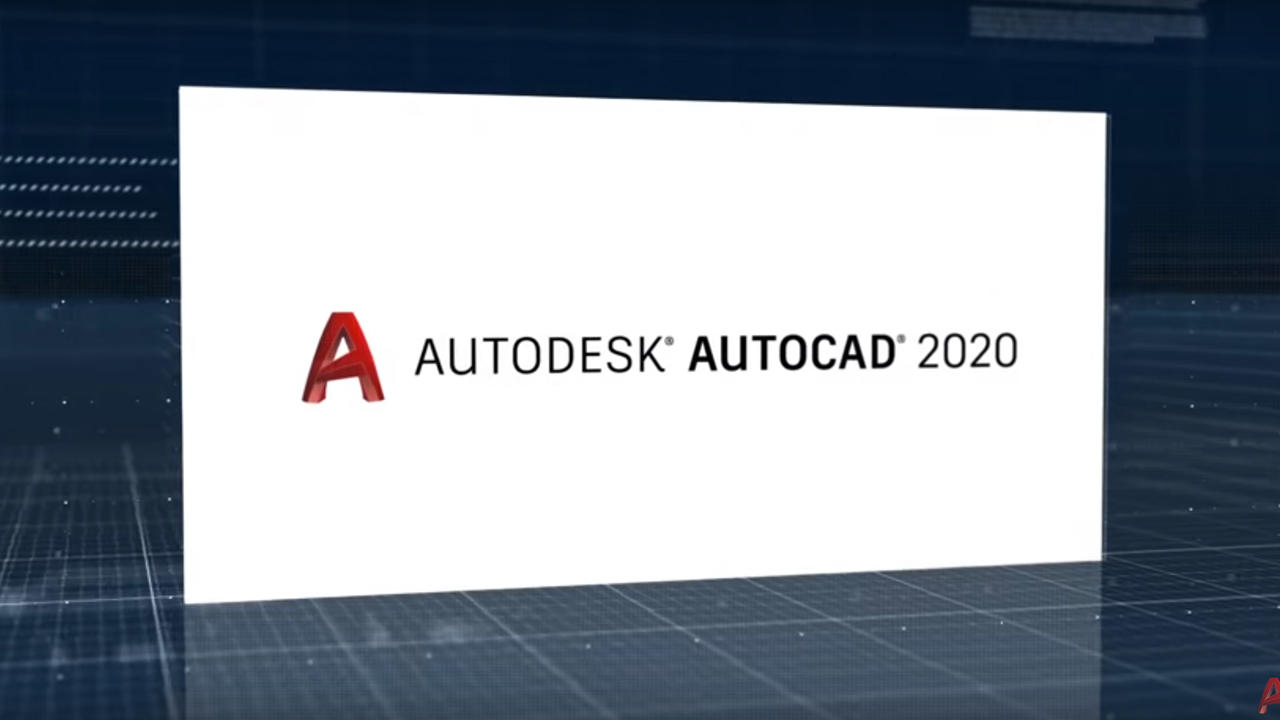Microsoft, Google - maybe these two basic software program options are familiar to you, but what if such programs don't mean anything to you?
Fear not if you are new to basic software and are just learning about the online world and computers! A course giving you the introduction to the basic data and skills necessary to engage with key software programs is easily within access.
If you are really new to computers, and Microsoft office and want to learn to search and select with Microsoft Excel in a spreadsheet, or to get help to use other office technology to create a presentation Microsoft Powerpoint, or even if you're one of the student's who is more advanced in computer science and wants to know about data management, a coding language, or even design interfaces, there is a tutor and private class available on Superprof that will be able to give you an introduction or help you land your dream job for those at an advanced level if preferred.

What You Need for your Computer Course
Choosing the right gear (computer hardware and software), will make your job of learning much easier and save you hours of time learning the basics, meaning you will have more free time to get creative and search Google or customise your email. 5 points to consider in your basic technology training and computer use learning are detailed below:
1. Get a computer that can help your preferred learning and professional goals
The design, ease of access, function, and data management capabilities of your computer are key considerations Windows or Apple, are the biggest manufacturers and have their own operating systems that are easy to learn, but use different software to one another. Nevertheless, both operate email for personal and professional communication, Google to be able to do an internet search, and the Microsoft Office suite for the design of work, as well as the design and management of events and presentations.
Another important thing in the hardware is the amount of memory and free space the computer has to run and install programs in its central processing unit. All computers have a file and data library programmed in, however this technology can only hold so much data.
The best thing to do would be to get in touch with a computer technology or data science management consultant or tutor for a free basic introduction course to get to grips with what your needs are and what kind of skills you will need to select to focus on and what kind of program you should work with for your learning development.
2. The mouse and keyboard
To access everything you have in your computer library, you won't be needing an advanced certificate in a professional programming language - you will just need your mouse and keyboard! Students will learn this on the very first day at computer schools, as it is the most basic thing to know in the beginners level. It is also the preferred way to get around Google and the Microsoft programmes whether a beginner or a professional user.
There are wireless versions that get the job done very well too, and are highly portable to any location, but expect to pay a premium if this is the one you select.
If comfort is preferred, there are also gel and wrist support options available. Checking community reviews on Google is a smart choice to see which is the best, as the community has a diversity of opinions to inform you.
Discover the programming language for you with our programming courses online.

3. A good quality webcam
If you're wanting to be attending online events or using video for meetings in your job or career, you're definitely going to need access to a webcam.
Webcams are quite essential for the modern career person, so it's best if they are recommended by a reputable site. This might seem like an excessive expense but students of any level know that this is essential for online learning and is also an essential professional tool. Moreover, most computers come with in-built cameras, so you don't really need to go buy one.
4. Mac vs Microsoft Windows
IT enthusiasts and amateurs alike always get into rows over which has the better functionality. Windows typically gets associated with the reputation of being the professional OS whereas Mac is seen as the cooler, more creative one for those concerned with editing capabilities. In reality, there are actually both features and many more on both systems, but it's best to start with Microsoft and Windows first because their software is much more common and less complicated to use at first. Mac is more intermediate and Linux is for the pros if you want to try this one.
5. Get your hands on an Office Suite.
Some of the basics of word processing, document creation, event and presentation creation, and even email capability all go through Microsoft Office suite with familiar names like Microsoft Word for blank documents to write on, Microsoft Powerpoint to make slide presentations, and Microsoft Excel for spreadsheet work.
Microsoft Office has an annual subscription that you can buy to access it online and download it (and there's also a discount for students through universities). If you want a more cost-effective version, Apache’s OpenOffice could be the way to go since it's a good means of getting you acquainted with the system for free.
Another thing to consider if you're used to doing things hard copy is a printer. Whilst you don't want to be printing every single page for environmental reasons, having something you can hold in your hand and highlight will help your digital transition.
What are graphics tablets?
Work as an architect or engineer requires the use of hands-on technology which is different from paper in the sense that it's like a computer screen that has tactile capabilities. If you want to have all the online functionality you need, yet want to feel like you're doing something the old fashioned way, this is a good thing to consider. Check with your computer and IT class tutor whether you really need one of these.
The Cost of Computer Classes
A tech-savvy student who really knows their way around many elements of modern technology could consider offering their services to those who need to get acquainted with computers, like senior citizens or young learners for example.
It might seem intuitive to many but learning how to save a file, send an email, do a Google search, intuitively trust internet searches, organise files, and protect their computer from viruses can take quite a bit of learning.
This can be a great way to earn some money if you are a student doing a certificate of computer science or bachelor or master of data management also.
Discover IT courses on Superprof.

The cost of IT courses can be very different depending on what you're learning and who is delivering it, not to mention your desired outcomes. It's best to think about whether you want to learn coding language with Java, be a basic or proficient user of back end tech, use design tools like Paint and Photoshop, or want to just know how to set up a website.
Places to Find an IT Tutor
The wide range of classes in IT can be accessed through friends and family, since this network will know just what you need, so don't hesitate to ask them.
YouTube is also a great place to start if you are a good independent learner, with its millions of video tutorials of how to do things. Obviously, the first challenge here is to work out how to navigate to Youtube within Google, but once you're there, a simple keyword search will get you where you need to be. Maybe even try "MIT computer programming" or "Harvard computer setup" for access to the best tech minds.
The best online IT courses are on Superprof.

Massive Online Open Courses (MOOC) like through Open Universities, or even run independently, are usually highly accessible and sometimes even free. This might be a way to go if you want something generic like putting a CV together with word and setting up a LinkedIn.
The course professors here will be able to put you on the right track for sure.
How do You Know if you've Progressed Between Lessons?
With computing, because so much is built to be intuitive, it might not feel like you're moving in leaps and bounds. Rest assured though that if you are successfully grasping the new information being presented and can Google search or write a letter with Word, you're doing just fine.
Because of the ease of access, practice computing between classes is highly feasible. If you're a beginner, really spend some time practicing because you'll put these new skills to use without even knowing it.

You might also consider getting a book to teach you the step by step skills that you can use to guide your lessons with a private tutor, or even complement a group class. We obviously see the irony of this, but a companion from the analogue to the digital age is very comforting.
Consider all the different ways you want to use your computer, or perhaps what possibilities you don't even know exist and ask your tutor about where your IT skills can take you.
























